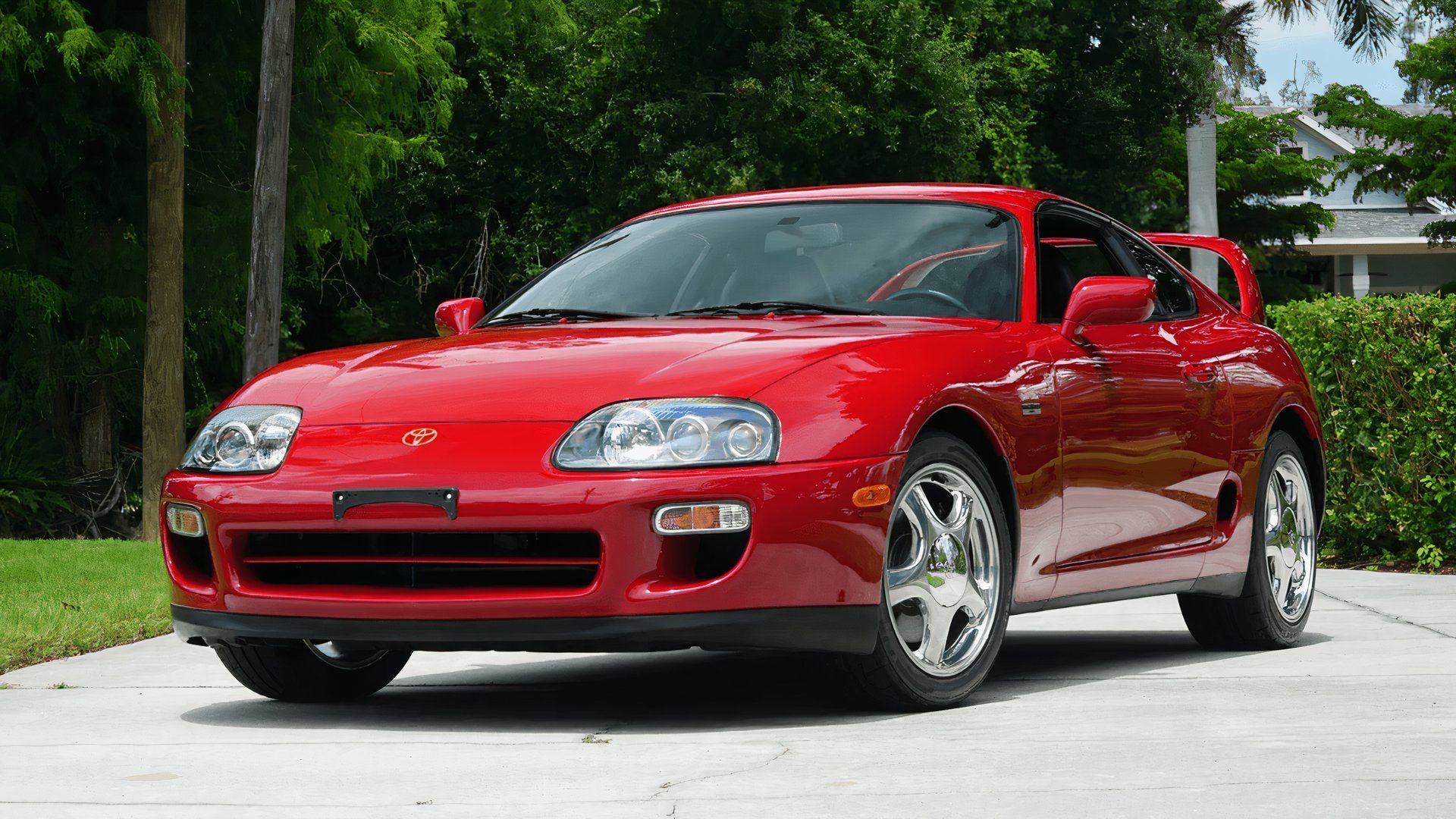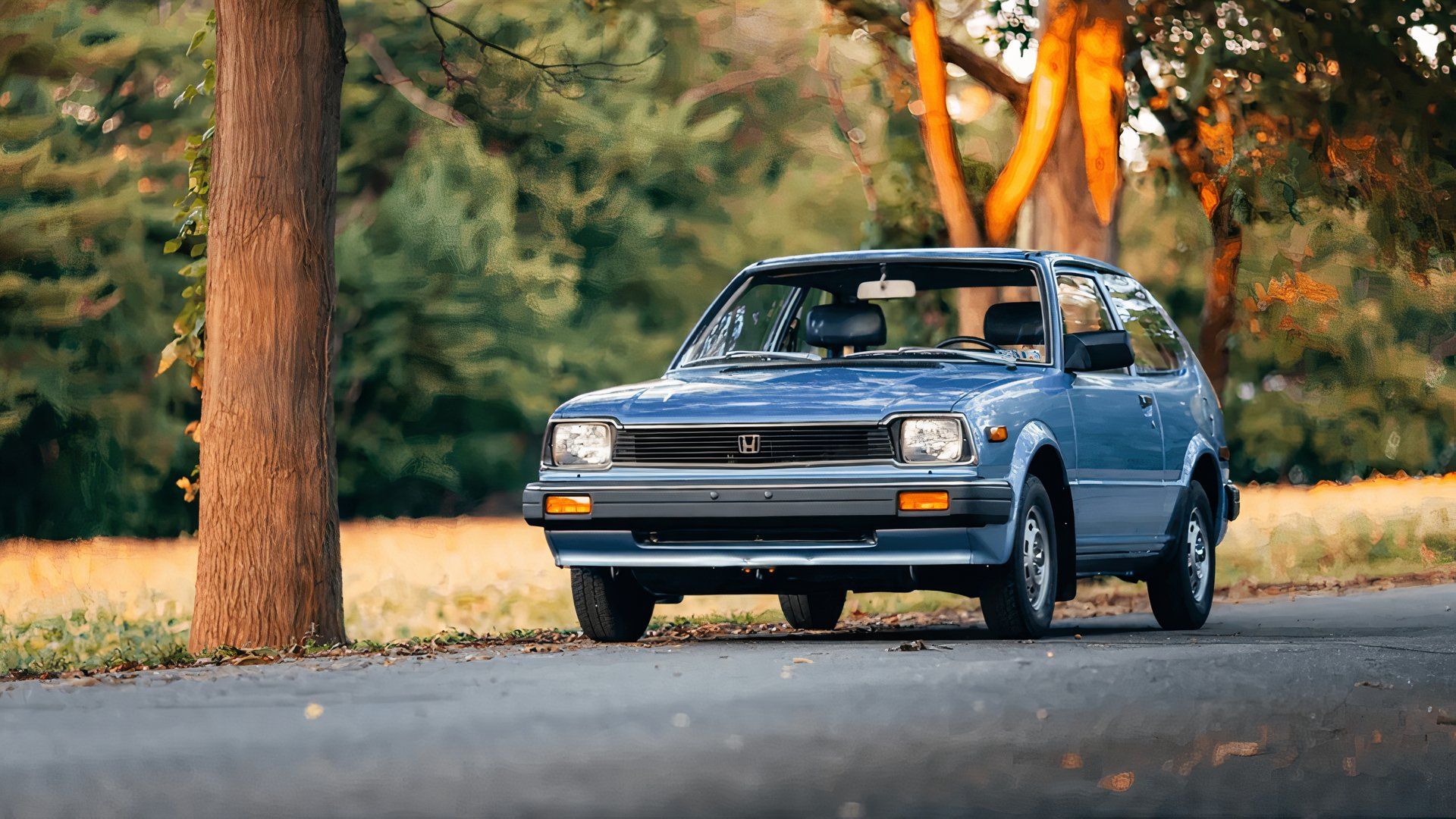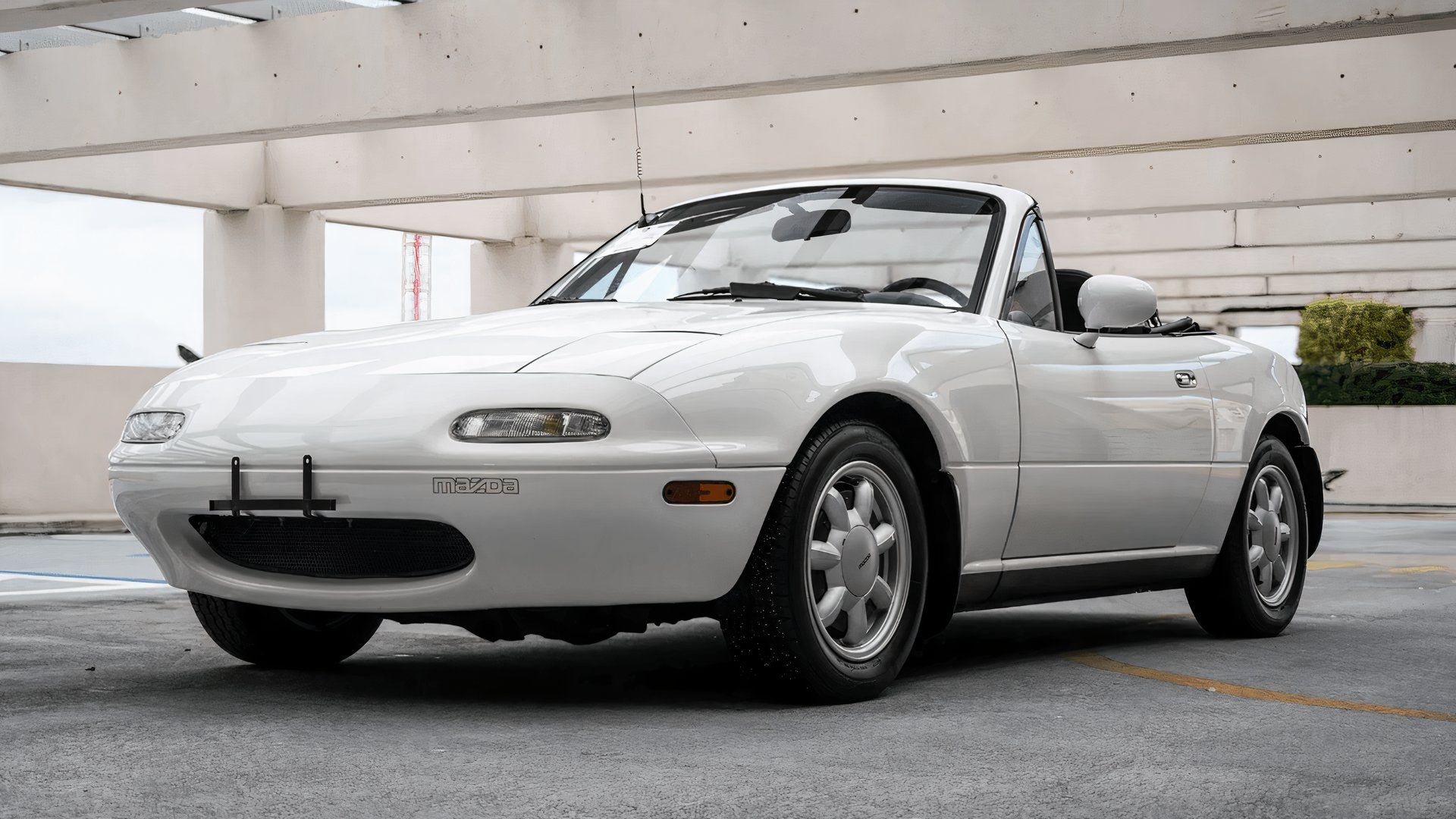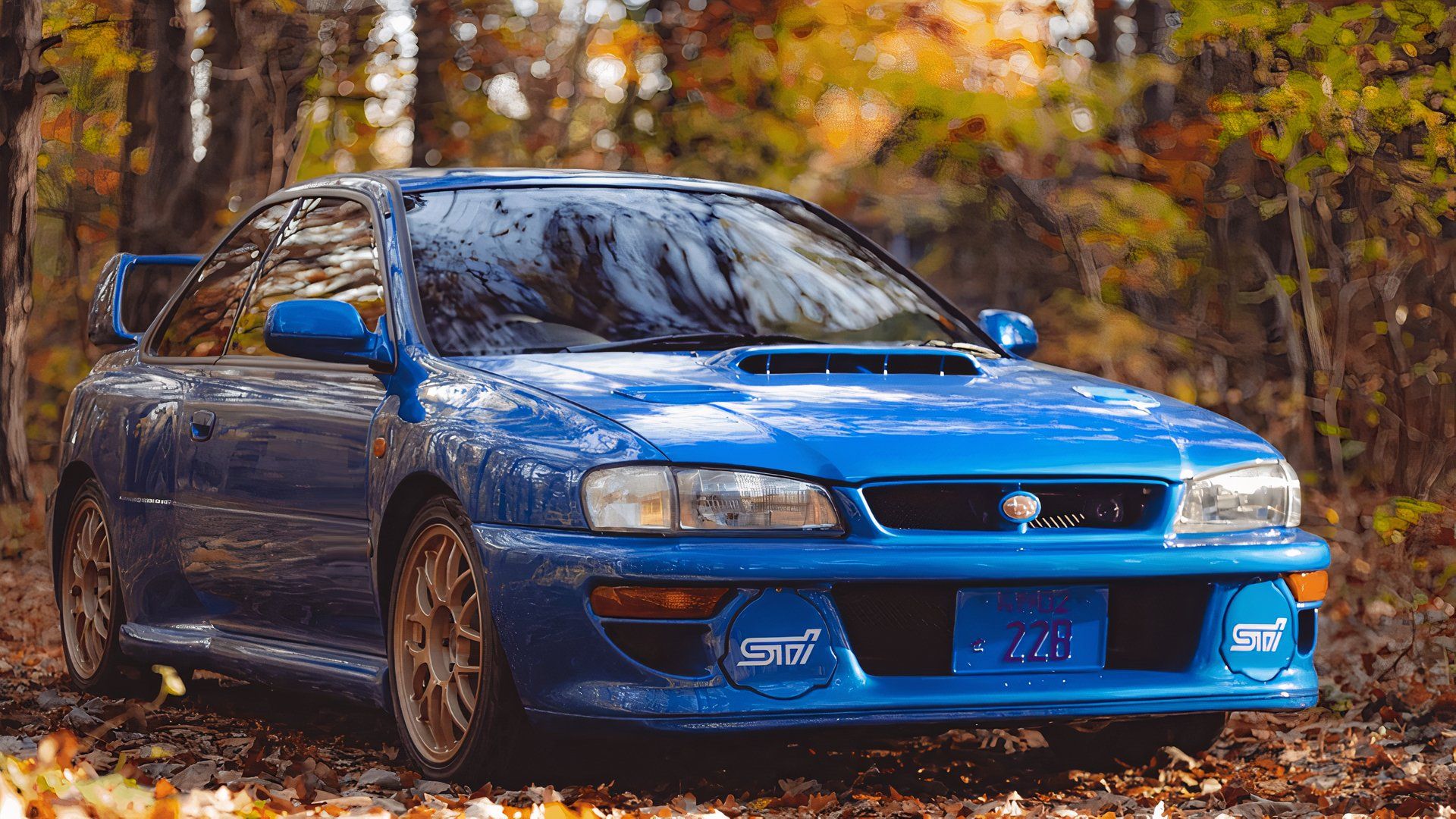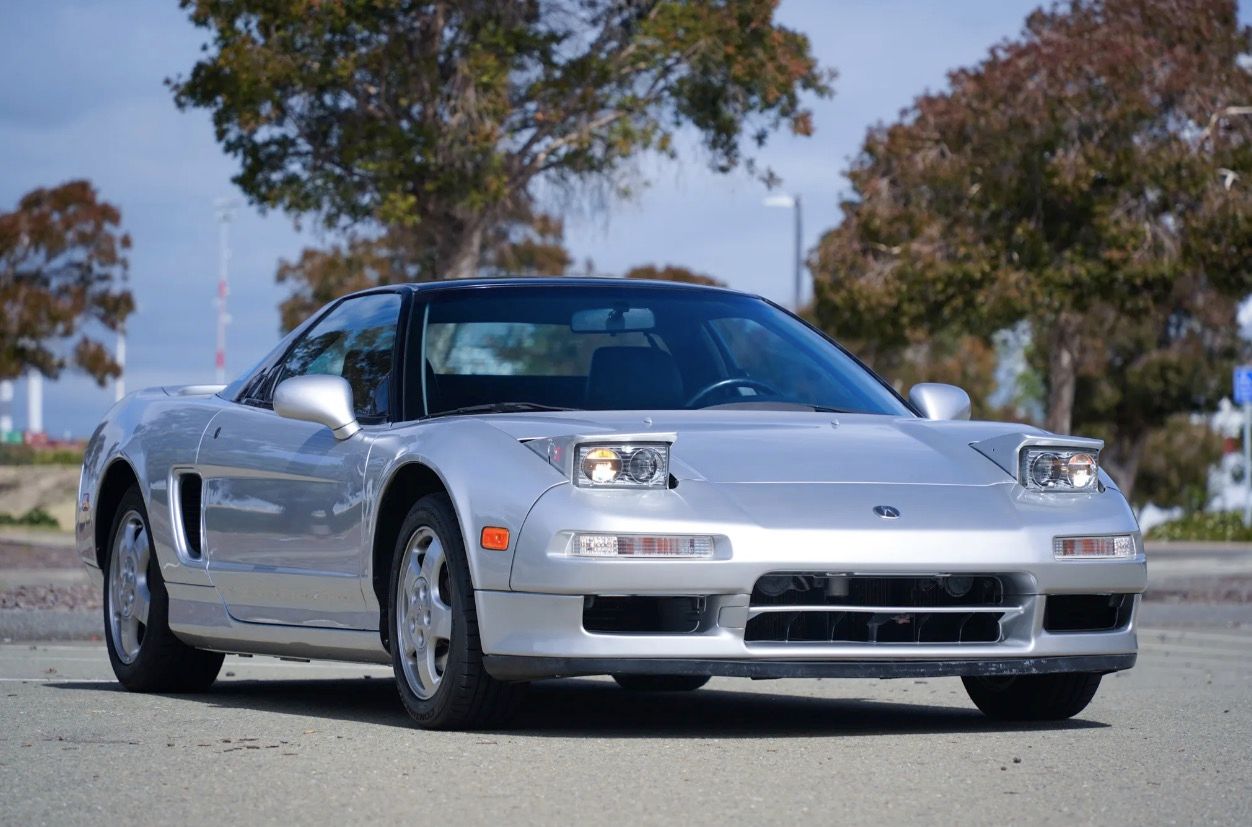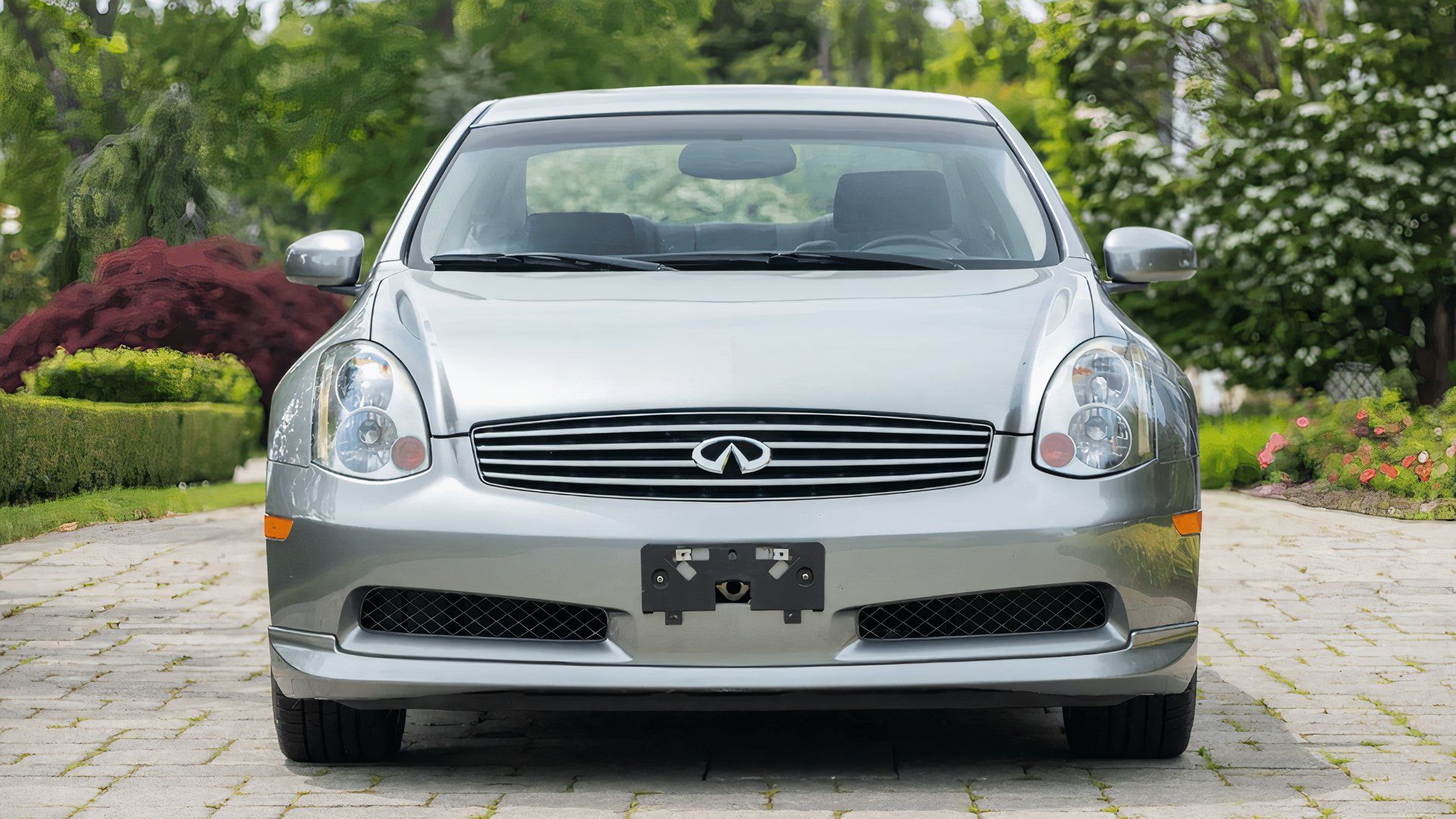Quick Links
-
Lexus: First-Generation LS
Japanese cars were first introduced onto American shores as a sensible and cost-effective alternative to the big, V8-powered models that were previously so popular. Soaring gas prices and ever-increasing insurance costs meant that these small Japanese cars received a warm welcome from most Americans.
Fast-forward a fair few decades, and Japanese cars are now just as ingrained into American car culture as the classic muscle cars they once sought to replace. So, we want to find out what the most iconic model is from each of the largest Japanese car brands. This doesn’t necessarily mean the fastest, the most expensive, or the most capable – a case will be argued for each car, based upon its own individual merits.
CarBuzz has collected specs and stats from each model’s respective manufacturer. If information has been sourced from elsewhere, it will be cited separately.
Related
What makes the fourth-generation Toyota Supra one of the best JDM cars from the 1990s?
The Mk IV Supra remains a favorite long after its release. With timeless style, the legendary 2JZ six-cylinder engine, and its appearance in The Fast and The Furious movie, it’s one of Toyota’s most revered sports cars. Although the all-new model may be better, the Mk IV’s status as a “true” Toyota (without any BMW-shared components) pleases brand loyalists. It’s no surprise that used values of the Mk IV are high.
8 Nissan: Skyline GT-R
It would be difficult for any gearhead to argue against the fact that the Skyline GT-R is the most iconic model from Nissan’s colorful history. Not just the R34 either, but the entire range, from the earliest KPGC10 models of the late ’60s and early ’70s, right up until the latest iteration of GT-R Nismo. Sure, the R35 dropped the ‘Skyline’ nameplate, but it shares the same GT-R lineage.
Nissan’s GT-R proved that the once-small Japanese brand could produce a performance car strong enough to take on any competition from both Europe and America. The GT-R pays little attention to niceties like plush interiors and engaging infotainment, and instead solely focuses on delivering record-breaking performance. Most delivered 276 horsepower, as a result of the JDM gentleman’s agreement, but later models did manage to bypass this and squeeze a few more horses out.
The GT-R isn’t Nissan’s only iconic model though; the 300ZX, 350Z and earlier Datsun-branded sports cars were also awesome in their own right.

Add CarBuzz to your Google News feed.
7 Toyota: Supra A80
Ask a gearhead what their favorite Toyota is, and they will either say ‘Supra’, or they’re lying. OK, perhaps the answer isn’t that unanimous, but the Supra is admired globally, and in particular, the fourth A80 generation. Specifically, the turbocharged, six-speed manual coupe, which is one of the coolest and most desirable Japanese cars from the 1990s.
The A80 Supra rose to fame thanks to high-profile pop culture appearances, such as in the Need For Speed and Gran Turismo games, and most famously, as Paul Walker’s ride in the Fast & Furious films. The turbocharged inline-six engine can be tuned to four-figure horsepower outputs, and the sleek styling sets it apart from many other more aggressive Japanese sports and performance cars of the era.
Other notable Toyota models worthy of mention are the hugely capable Land Cruiser and pickup models, such as the Tundra and Tacoma. They couldn’t be more different from the Supra, but all three of those models demonstrate impressive durability, and have kept Toyota owners on the road for decades. The Corolla is also worth mentioning – how many other nameplates have racked up over 50 million sales globally? These models are largely what provide Toyota with its reputation as one of the most reliable Japanese car manufacturers.
6 Honda: Civic
It’s not just performance models that make Japanese car brands so iconic, as the humble Honda Civic will now prove. Debuting in the 1970s, Honda’s diminutive Civic provided freedom for thousands of cost-conscious drivers the whole world over. In a time of soaring gas prices and painful insurance premiums, the Civic appealed hugely, providing a cost-effective way of ferrying around.
Since the first iteration, a huge variety of models have been seen, ranging from the famous Type R trims, to more family-friendly wagons and stylish coupes. Other Honda models up for the title of most iconic would include the Accord and S2000 sports car – few Asian car brands can boast such a variety of iconic models.
5 Mazda: MX-5 Miata
An easy answer. There isn’t another model from any of the other Japanese car brands that has done so much for the appeal of back-to-basics sports cars, as the MX-5 Miata has done for Mazda. Japanese automakers were not the first place you would think of looking for a fun two-seater sports car, but all that changed when the Miata arrived in 1989.
Across all four generations, Mazda has prioritized a low curb weight and energetic engine, proving that masses of power and complex setups are not always the key to driving pleasure. Rotary-powered sports cars like the RX-7 and RX-8 are also mightily iconic Mazda models, but they lack the global impact which the Miata can lay claim to.
|
Mazda MX-5 Miata: Power-To-Weight Comparison |
||
|---|---|---|
|
Generation |
Power |
Curb weight |
|
NA (1989 – 1997) |
129 horsepower (1.8L) |
2,183 lbs |
|
NB (1998 – 2005) |
143 horsepower (US-spec facelift) |
2,205 lbs |
|
NC (2005 – 2015) |
170 horsepower |
2,441 lbs |
|
ND (2015 – present) |
181 horsepower |
2,341 lbs |
It’s worth noting that the engine output and curb weight for each generation of Miata will vary, depending on which transmission is equipped, what the exact trim is, and for what market the exact model is intended. The figures quoted in the comparison table are sourced from Mazda, and are representative of the larger-engine models (1.8-liter for NA and NB, then 2.0-liter for NC and ND). Curb weights shown are in relation to entry-spec soft-top cars, not those with hard-tops equipped.
4 Subaru: Impreza 22B STI
While all Subaru Impreza models are noteworthy, it’s the ultra scarce and highly collectible 22B that stands out as the most iconic. Thanks to a shorter wheelbase and wider track, the 22B provided lucky owners with a glimpse of what it would be like to pilot one of the official WRC cars. The 22B was not actually a rally car itself, but rather a special commemorative edition, designed to celebrate the consecutive WRC title wins of 1995, 1996, and 1997. It launched in 1998, with 276 horsepower from its hot 2.2-liter flat-four engine, and just 424 examples were ever made.
The next most iconic Subaru models would surely have to be ‘lesser’ generations of the Impreza, in addition to perhaps the diminutive 360.
3 Acura: NSX
A few cars would be up for the title of the most iconic Acura, such as the aggressive Integra Type S, or possibly even the underrated Acura Legend. However, nothing causes a stir quite like the Acura NSX. While both generations are brilliant, it’s the original that left the most lasting impression.
Blending performance and luxury, Acura is one of the best Japanese car brands, although it certainly focused more on the performance side of things with the NSX. The first iteration, from 1991, sported a 270-hp 3.0-liter V6. By comparison, the latest 2022 Acura NSX Type S packs a 3.5-liter twin-turbo V6 with hybrid assistance, and develops just over double the original model’s output, with 600 horses on tap. Other Japanese car companies have tried and failed to replicate what the NSX offers, which is why it truly must stand alone in a class of its own.
2 Lexus: First-Generation LS
Choosing the original LS over the howling V10-powered LFA might upset a few fans of the brand, but we’ve done so for good reason. The LS 400 was Lexus’s first model, designed to capture the eye of luxury-loving American buyers, and steal the focus from the likes of BMW and Mercedes-Benz.
As we now know, the LS proved to be a massive success, and this first generation enjoyed a lengthy production run, before being succeeded by numerous other iterations of the model. Without the success of this luxurious executive sedan, Lexus would likely not have had the capital to expend on developing awesome super and sports cars, like the LFA and RC-F. This is why the LS had to succeed, and why gearheads should be appreciative of what opportunities the LS provided Lexus with.
1 Infiniti: G35 Coupe
The Infiniti G37 Coupe not only looks sharper than the G35, but it’s also more powerful, and faster too, with a good half second advantage over the older model in a 0 – 60 sprint. So, why do we propose the G35 as the most iconic model of Infiniti?
It’s simple. Infiniti is not the largest nor best-known of Japanese car companies, but the G35 helped to put Infiniti on ‘the map’, and to be considered alongside other more popular Japan car brands. The G35 appealed to a wide range of owners, thanks to an accessible price tag, luxurious interior, and performance credentials. The aftermarket support is huge for the G35 Coupe, which in turn helped the car to develop a keen and enthusiastic following.
Other iconic models, such as the G37 and Q50 Red Sport, might not have enjoyed the success that they have done, if it wasn’t for the G35 putting the groundwork in.

